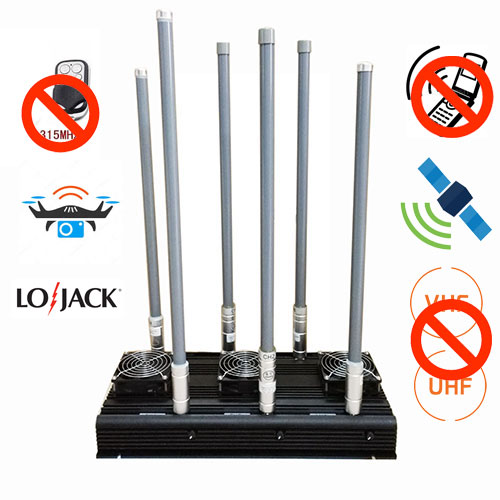I believe that everyone is inseparable from the wireless network. The increasing number of base stations around the world and the popularization and application of wireless networks around the world have greatly promoted the overall development of countries in the world in terms of politics, economy, military, technology and culture. Mobile phones with social symbols have gradually become one of the indispensable tools in people's daily life and work. The base station is the communication signal transfer station in mobile communication. Without the base station, there is no way to talk between mobile phones, and also cannot chat on WeChat, order meals, pay bills, and shop... The base station brings convenience to our lives, it seems, no The base station doesn't work.
When the mobile phone is working, it is within a certain frequency range. The mobile phone and the base station are connected by radio waves to complete the transmission of data and sound with a certain frequency and modulation method. In view of this communication principle, the wifi jammer scans from the low-end frequency of the forward channel to the high-end frequency at a certain speed during the working process. This scanning speed can cause co-frequency noise interference in the received message signal of the mobile phone, and the mobile phone cannot detect the normal data sent from the base station, 2G3G4G5G signal, so that the mobile phone cannot establish a connection with the base station. The mobile phone shows the phenomenon of searching the network, no signal, no service and so on.
When the distance from the base station is closer, the signal is stronger, and the wifi blocker is difficult to block. At this time, a high-power jammer is required to block the signal. When the distance from the base station is weaker, the wifi blocker does not need to transmit power. If it is too large, it can be shielded, and then the shielding distance is relatively far.
We use 2G900MHz to illustrate that according to the GSM protocol, the transmit power of the mobile phone can be controlled by the base station. The base station sends commands to control the transmit power level of the mobile phone through the downlink SACCH channel. The difference between each power level is 2dB. The maximum transmit power level of the GSM900 mobile phone is 5 (33dBm), and the minimum transmit power level is 19 (5dBm). is 0 (30dBm), and the minimum transmit power level is 15 (0dBm).
When the mobile phone is far away from the base station, or in the wireless shadow area, the base station can command the mobile phone to send out higher power up to 33dBm (GSM900) to overcome the signal loss caused by long-distance transmission or building block. If the mobile phone is very close to the base station and there is no obstruction, the base station can command the mobile phone to emit less power.

As shown in the following figure, when the mobile phone is close to the base station antenna, the received signal is strong (-65dBm), and the transmission is small (8dBm); when the mobile phone is far away from the base station antenna, the received signal is weak (-93dBm). Therefore, the transmit power will be larger (20dBm=100mW=0.1W).
In terms of power consumption, the received signal is poor, the transmitted power is large, and the power consumption is large. There is one thing to explain here, that is: the transmission power is large, and the mobile phone consumes a lot of electricity, but it does not mean that the radiation of the mobile phone will be large if the battery is low. That is to say, it is unreasonable to say that "low battery calls have high radiation".
The CDMA IS-95A specification requires the maximum transmit power of the mobile phone to be 0.2W to 1W (23dBm to 30dBm). The maximum transmit power of a 4G mobile phone is 0.2W (23dBm).
The distance of the base station determines the distance of the wifi jammer device. The closer the use environment is to the base station, the smaller the shielding range, and the farther the use environment is from the base station, the larger the shielding range.

